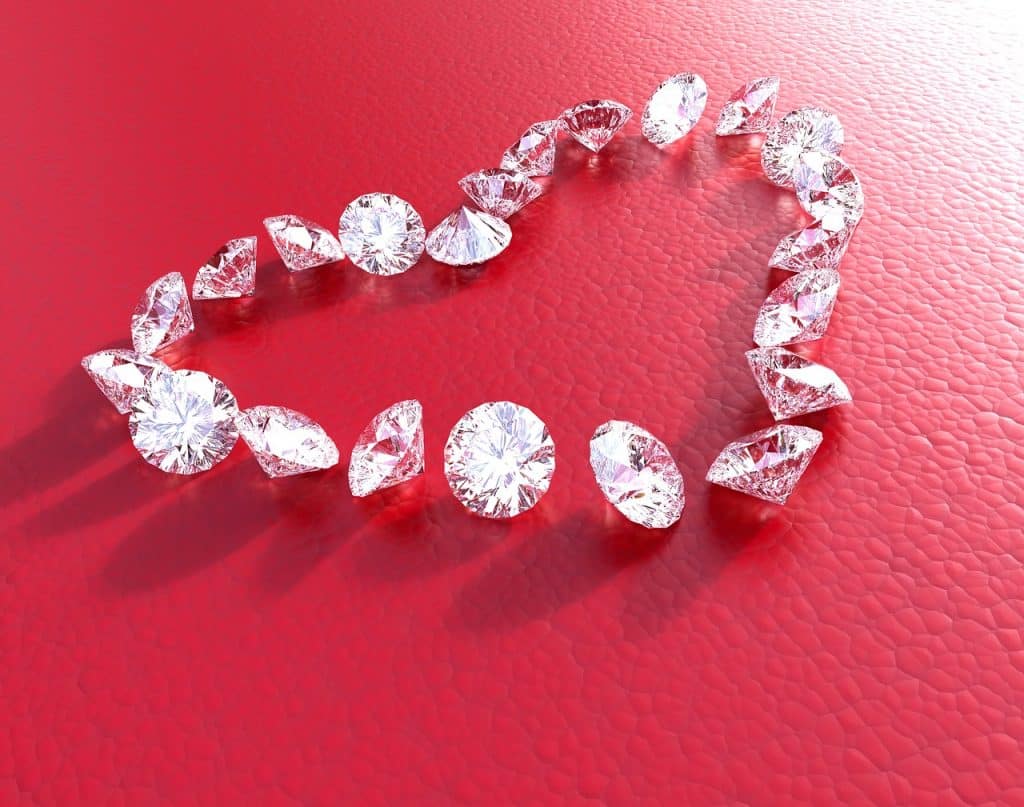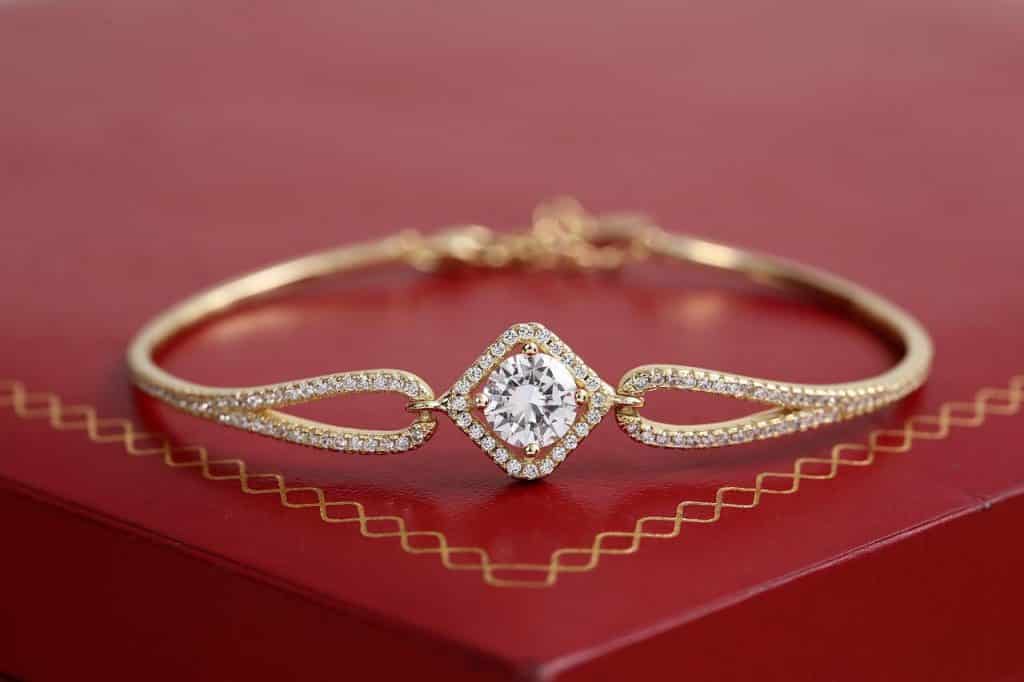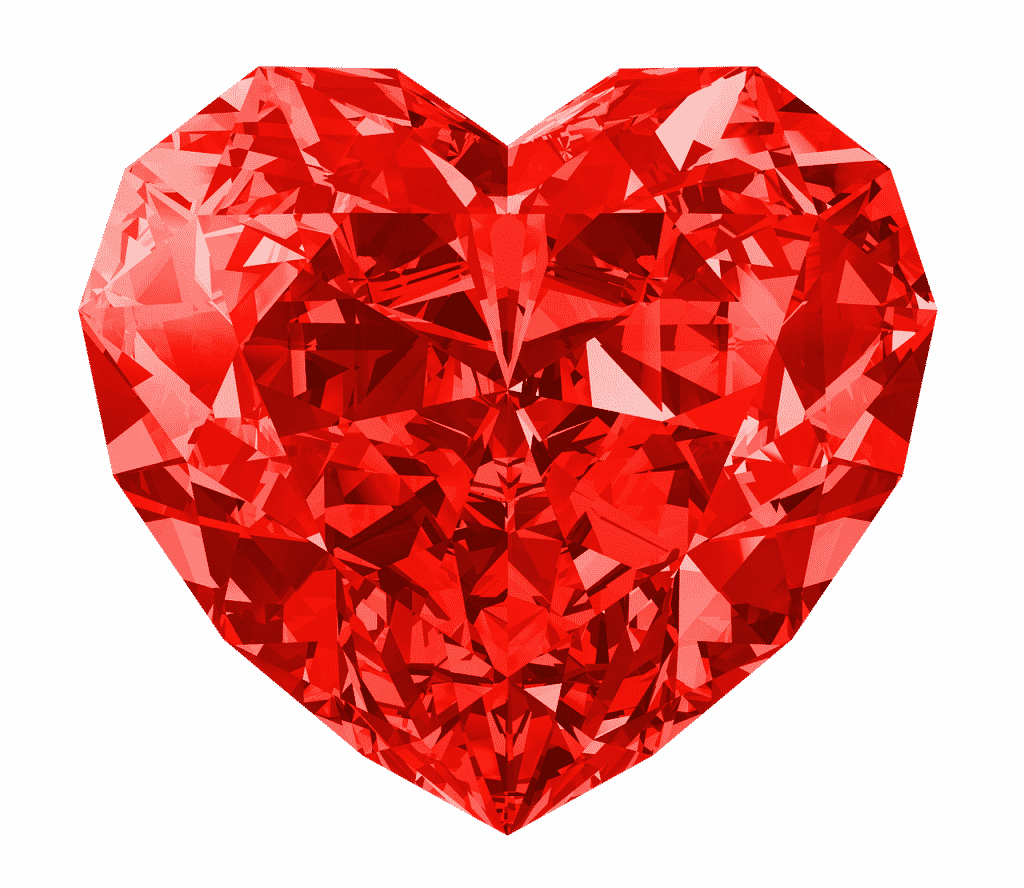Diamonds are the hardest substances known on this planet. They are formed when elemental carbon is subjected to tremendously high levels of pressure and heat, which takes place deep beneath the earth’s crust over millions and billions of years. Diamonds are very expensive and also very rare, because they only occur naturally in about 35 known countries across the world. There are different applications of diamonds, however, they are usually used chiefly in the jewelry industry and in the mining industry, where they are used in making drilling bits which dig into the earth.
WHAT ARE THE TYPES OF DIAMONDS?
There are many different types of diamonds, based on many factors, which include the following:
- Conflict diamonds and conflict-free diamonds
Some diamonds can be distinguished from other diamonds based on the type of area or country where they have been mined. Diamonds that are mined in countries where there is civil unrest or conflict, and where there are controlling forces that are not part of any legitimately recognized government, are known as conflict diamonds or blood diamonds. Such diamonds are usually banned from being sold or traded in global gemstone markets, and this is because most times, the proceeds or revenues generated from the sale of this kind of diamonds usually goes into the coffers of such controlling forces; thus leading to the continuation of any existing civil unrest or conflict. More often than not, the money made from trading these conflict or blood diamonds are usually used to purchase more arms and weaponry for these illegitimate controlling forces (or militias); and when these happens, more lives may be lost. Therefore, conflict diamonds are not usually accepted for trade in open global gemstone markets.
Although, market research in the gemstone trading industry indicates that blood diamonds make up a very small percentage of global diamond sales (at only about 4% of all rough diamonds sold and about 15% of total sales; which still amounts to billions of dollars), their sale is heavily banned in over 70 countries, including the United States of America.
All conflict-free diamonds, which are not obtained from conflict areas, are required by law to have a Kimberley Process certificate – and pertinent identification tags which are applied by means of lasers – in order to prove its legality. Therefore, one sure-fire way to ascertain that a diamond is conflict-free is to cross-check its certification (because sometimes, it can be forged).

- Natural diamonds and synthetic diamonds
Natural diamonds are those types of diamonds that are formed naturally in the soil. They are usually built up deep underneath the earth’s crust when elemental carbon is subjected to very high levels of pressure and heat. This kind of pressure and heat is usually generated from molten magma, which is why diamonds are often found in areas where volcanic eruptions have once occurred.
The structure of diamonds is made up of rigid, tightly bound carbon lattices, which leave no room – or almost no room – for interference at from other elements and chemicals. This natural state of carbon – that is, diamonds – is only one of the two known forms in which elemental carbon can occur naturally in nature. The other known form is graphite, which is a soft, amorphous form of carbon.
Due to the fact that diamonds have been studied and analyzed greatly over the years, much is known about its composition, structure, over all make-up and how they are formed in nature (i.e. they are formed when carbon is subjected to extreme heat and pressure). As a result of this, scientists have been able to recreate the basic mechanisms behind the process of diamond formation in laboratories across the world (particularly in developed areas of the world); the products of these laboratory processes are known as synthetic diamonds.
Synthetic diamonds are also known as laboratory or lab-grown diamonds and they are made up of the same materials that natural diamonds are made from (i.e. carbon, with the same composition and similar structure).

- Colored and colorless diamonds
Traditionally and conventionally, diamonds occur naturally in a colorless form; and this kind of diamonds is also called white or transparent.
White diamonds are the most common and popular type of diamonds in the world. This is because the lattices that make up a diamond’s structure are very rigid. They do not allow the infiltration of other elements or chemical compounds asides the elemental carbon atoms that make up their structure.
However, there are some instances whereby a diamond becomes exposed to certain elements, chemicals, chemical compound and sometimes, radiation. In instances like this, these interfering compounds can lead to the formation of flaws, imperfections or even colors within such diamonds. The kinds of colors that can be formed in diamonds that have been exposed to such interfering forces include yellow, green, blue, pink, purple, orange, black and even red. Of all these colors, red diamonds are the rarest of all.
WHO OWNS A RED DIAMOND?
Red diamonds are the rarest among the colored types of diamonds. They also happen to be the most expensive. No one is quite sure why this kind of diamond is red, as this unique color is not formed as a result of flaws, imperfections or exposure to other chemical compounds, elements or radiation. However, they are prized and treasured all the same. Being the most expensive kinds of diamonds in the world means that red diamonds cost more than any other kind per carat weight. This fact, coupled with the fact that they are also not typical, mean that not many people in the world own or even like red diamonds. Yet, some people do.
The largest red diamond to have been discovered is a fancy red rare diamond known as Argyle Everglow and it is a 5.11 carat Moussaieff Red diamond that was discovered in Brazil in the year 1990. At present, it is owned by the world famous jeweler, Moussaieff. Prior to the diamond’s acquisition by Moussaieff in the early 2000s, it was known as the Red Shield.

